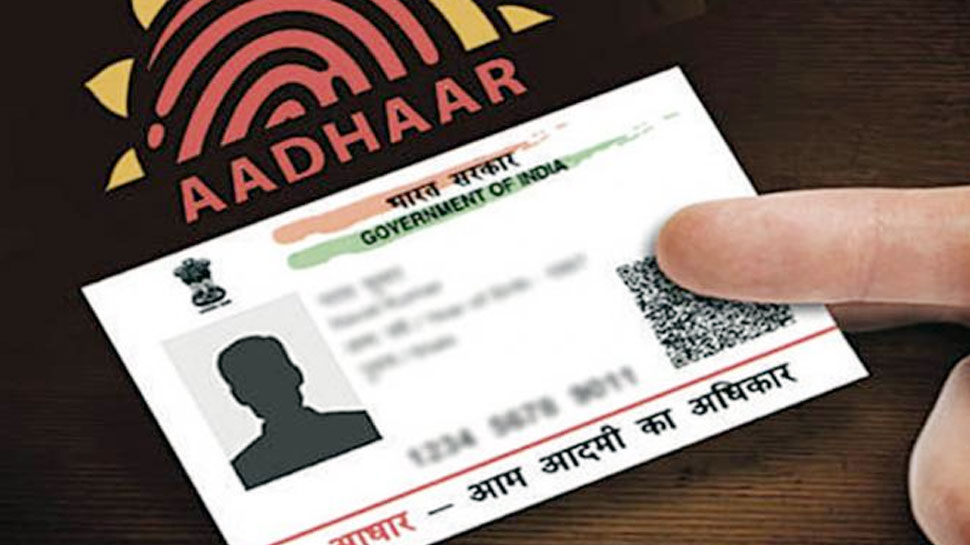Aadhaar is an identification number. Social Security Number is not.
The Social Security Administration website states in a 2009 bulletin: “The card was never intended to serve as a personal identification document – that is, it does not establish that the person presenting the card is actually the person whose name and SSN appear on the card.”
By contrast, Aadhaar has been designed as a single, universal, digital identity number that any registered entity, whether public or private, can use to “authenticate” an Indian resident. Anyone who has lived in India for 182 days can enroll in Aadhaar for proof of identity, while only citizens and those authorised to work in the US can obtain a Social Security Number.
Aadhaar authenticates a person. The Social Security Number does not.
Aadhaar authenticates a person by matching his or her demographics or biometrics with the records in its database. The government says this will help prevent identity fraud – for example, no one will be able to collect wages or food subsidies in another person’s name.
The Social Security Number was never intended for authentication purposes and has not been built to do this on a national scale. It matches a name and associated Social Security Number against its records only in limited circumstances, such as before issuing a replacement Social Security Number, or establishing a claims record.
Aadhaar captures biometrics. The Social Security Number does not.
Aadhaar collects biometrics, which include the scan of all fingerprints, face and the iris of both eyes. Aadhaar Act’s section 2(g) states that “other biological attributes” may be collected in the future, a provision that was intensely debated in Parliament.
In contrast, when the Social Security Number was created in the 1930s, the US government decided not to collect fingerprints. “The use of fingerprints was associated in the public mind with criminal activity, making this approach undesirable,” notes the Social Security Administration website. The Social Security Number is thus printed on a small paper card and does not carry even a photograph.
He added: “The problems that will arise when biometric identifiers are compromised are severe. What will happen at the point that your biometric identifiers no longer identify you?”
Aadhaar links databases. The Social Security Number does not.
Millions of Aadhaar numbers have been linked to the bank records, ration lists, educational records, and telecom documents of individuals. New analytical data techniques mean this “big data” could reveal much more about a person than standalone data could in the past.
There is no seeding done using the Social Security Number. Federal agencies and private entities that collect the Social Security Number for a specific service store the number at the organisational level. The US government has cautioned against the use of the Social Security Number as a single, unique identifier.
Aadhaar does not have privacy safeguards quite in the same way as the Social Security Number.
Aadhaar functioned without a legal framework till recently. The Social Security Number was created through a law.
Since its inception, the Social Security Number has been governed by the Social Security Act of 1935.
In contrast, the Aadhaar project functioned without a legal framework for seven years since it was launched by the United Progressive Alliance government in 2009. It was run under an executive order, which meant Parliament had no oversight over it.
An Aadhaar Bill was introduced in 2010 but it was rejected by a parliamentary committee over legislative, security, and privacy concerns. In March 2016, the National Democratic Alliance government passed the Aadhaar Act as a Money Bill, bypassing the Rajya Sabha – a move that was widely criticised.
The use of Aadhaar is expanding. The use of the Social Security Number is getting restricted.
The Social Security Administration website says state entities have begun to delete Social Security Numbers on electronic public records. An executive order of 1943 that required federal agencies to use the Social Security Number when establishing a system of permanent account numbers was rescinded by an Executive Order, which made such use optional in 2008.
In contrast, since the first Aadhaar number was issued in 2010, the government in India has tried to link maximum schemes and benefits to Aadhaar, pausing briefly when the Supreme Court issued orders restricting the government from making Aadhaar compulsory.

